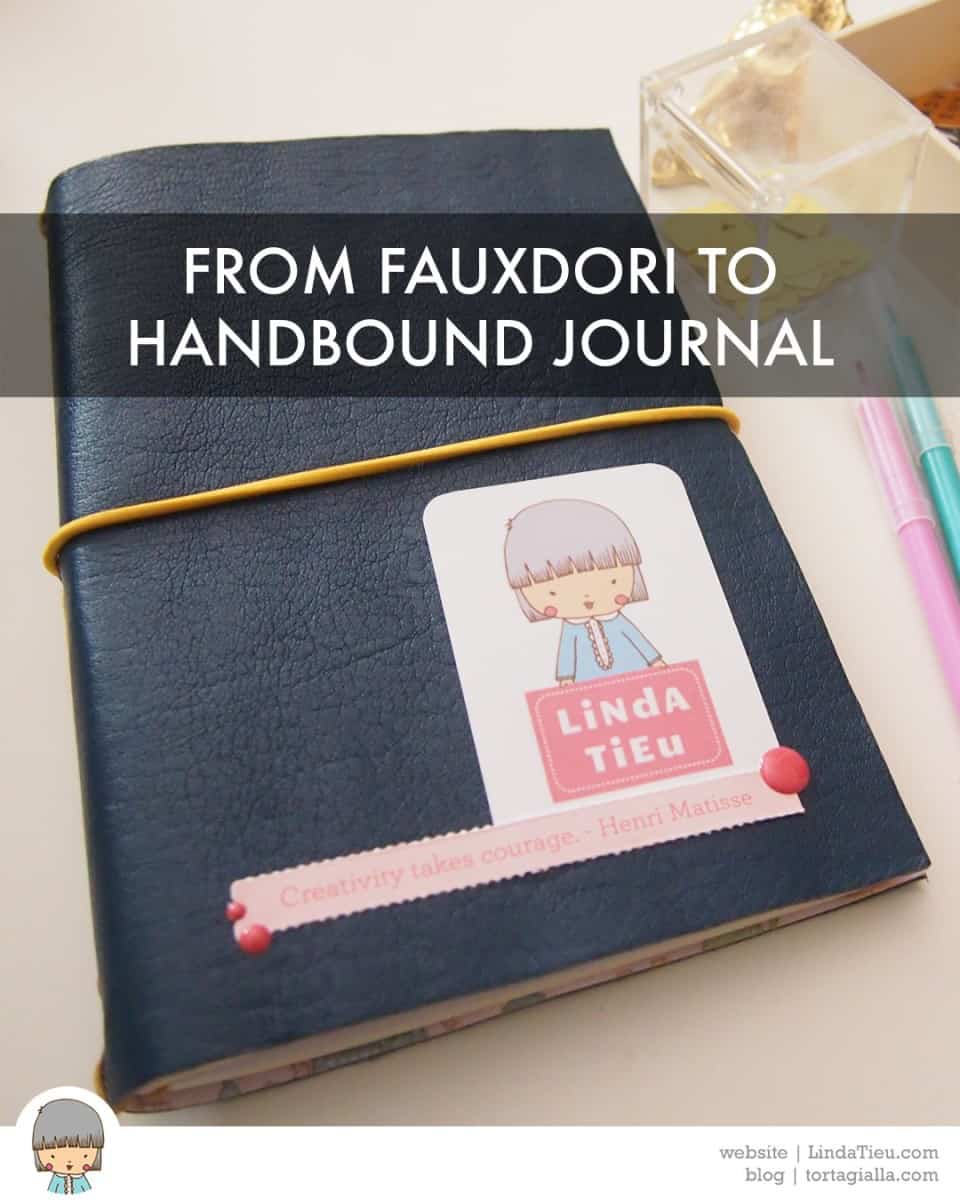
Awhile back I jumped on the midori traveler’s sketchbook bandwagon and started making my own fauxdori covers. It’s pretty easy to accumulate way more covers than you can use at once. So why not retire some of them by transforming a fauxdori into a bona fide sewn and handbound journal?
I still love the idea of being able to refill travelers type sketchbooks and keep one in my purse, so when I’m out and about, I have a place to jot notes and keep papers organized. I think of it as a mish mash notebook that I would NOT necessary keep forever.
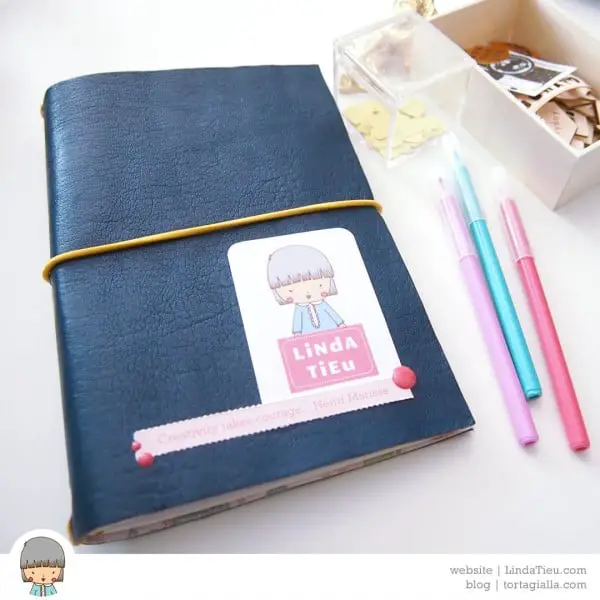
However, I like the permanency of bound journals and we can retire some of our extra fauxdori covers into permanent sewn journals pretty easily. For the purposes of art journaling, memory keeping and just creatively play, I like finishing up a journal to add to my shelf. Perhaps because I like binding books, perhaps because I have leather at my disposal – either way, I decided to transform this blue leather fauxdori into a bound journal.
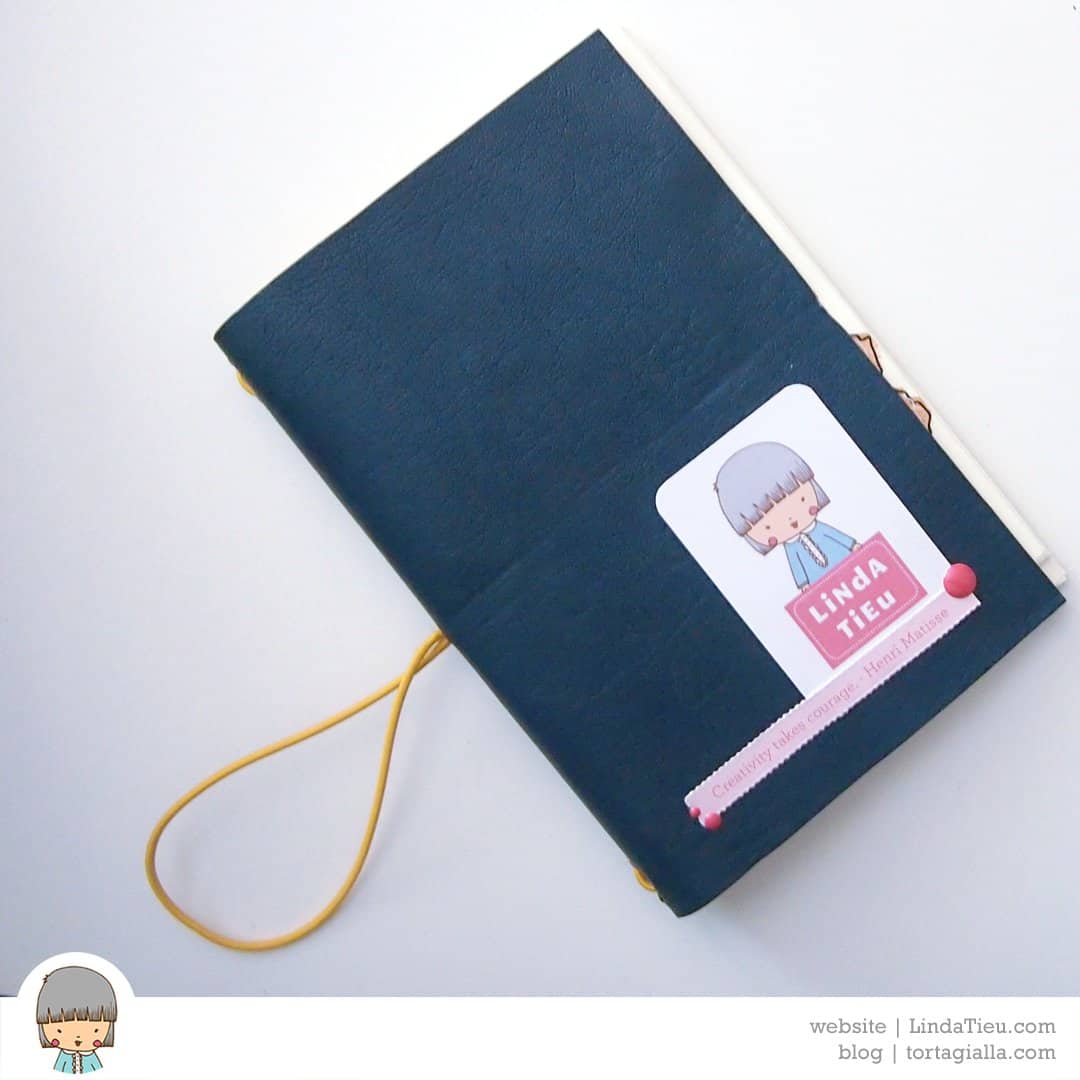
First thing to do is to cut off all the elastic – my super thick elastic, because that was what I had to work with. I did decide to keep the wrap around part though, so I could close up my journal, just like the midori.
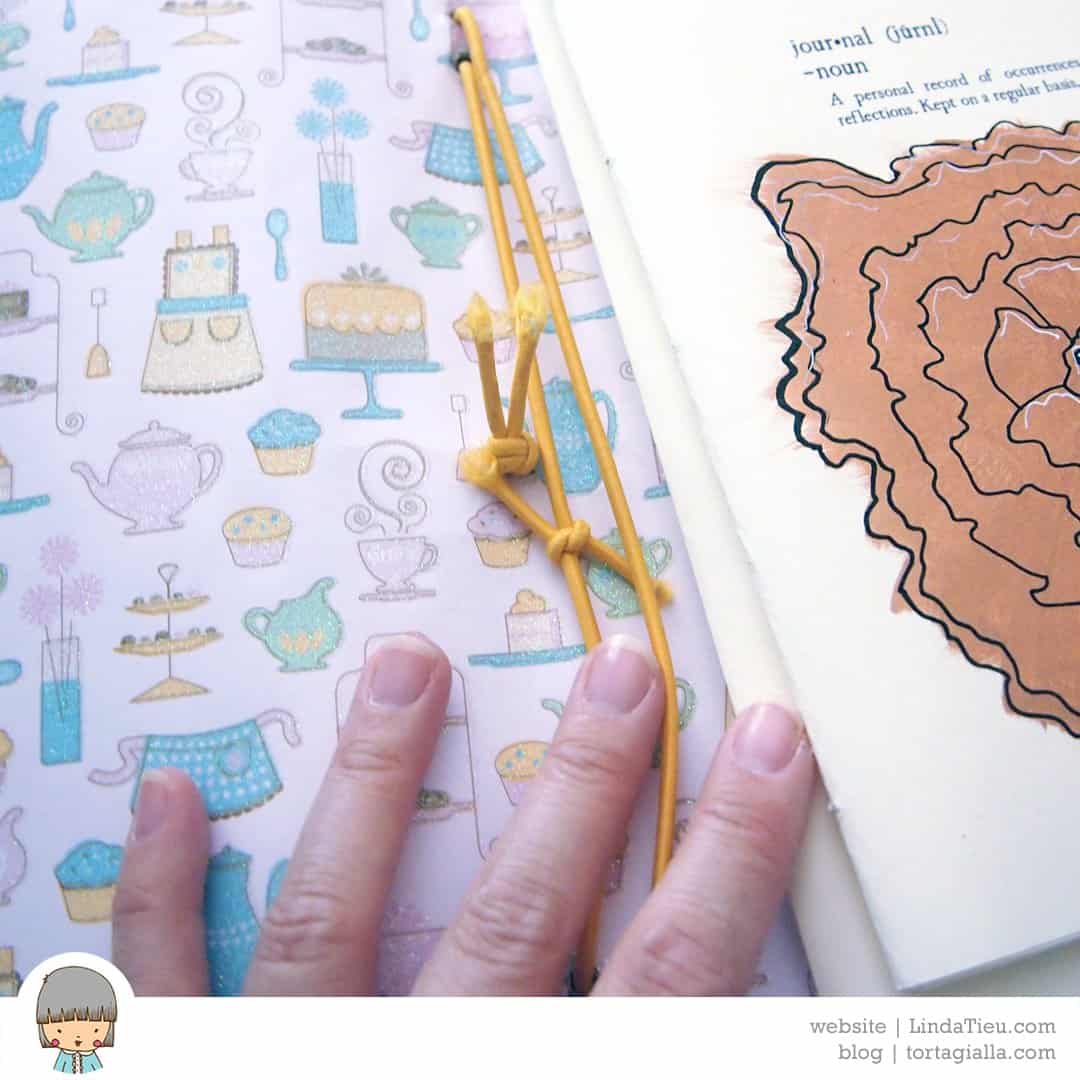
After snipping off the elastic, I folded up regular paper to make the pages of my journal. By measuring it up with the holes already in the fauxdori cover, I marked off where I had to punch holes to sew it together.
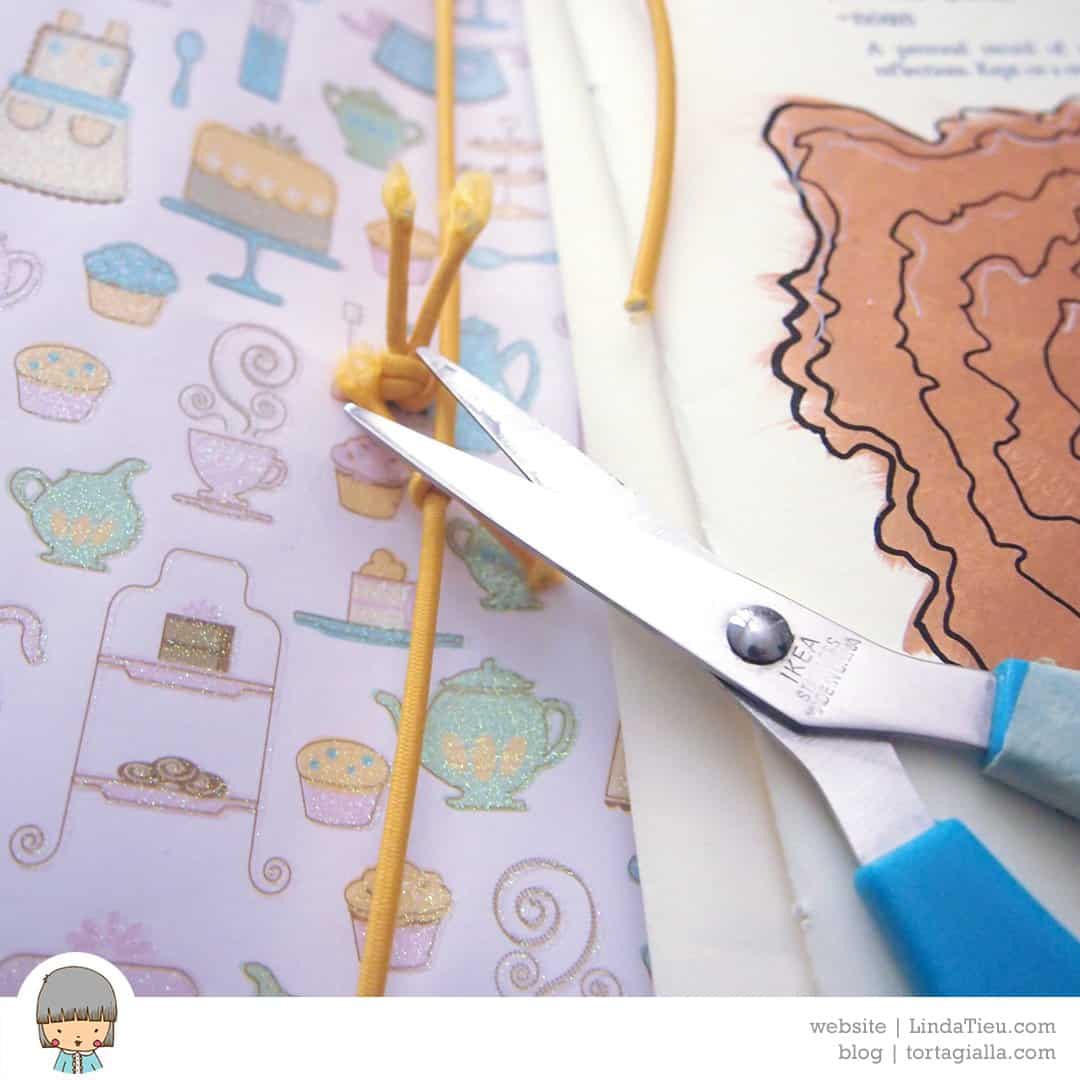
I basically eyeball everything and use a pencil to mark up where I have to punch holes. It’s good enough to use just 3 holes as it will be enough to secure the book together. But if you like the look of more holes seen in the spine, you can punch more holes as well.
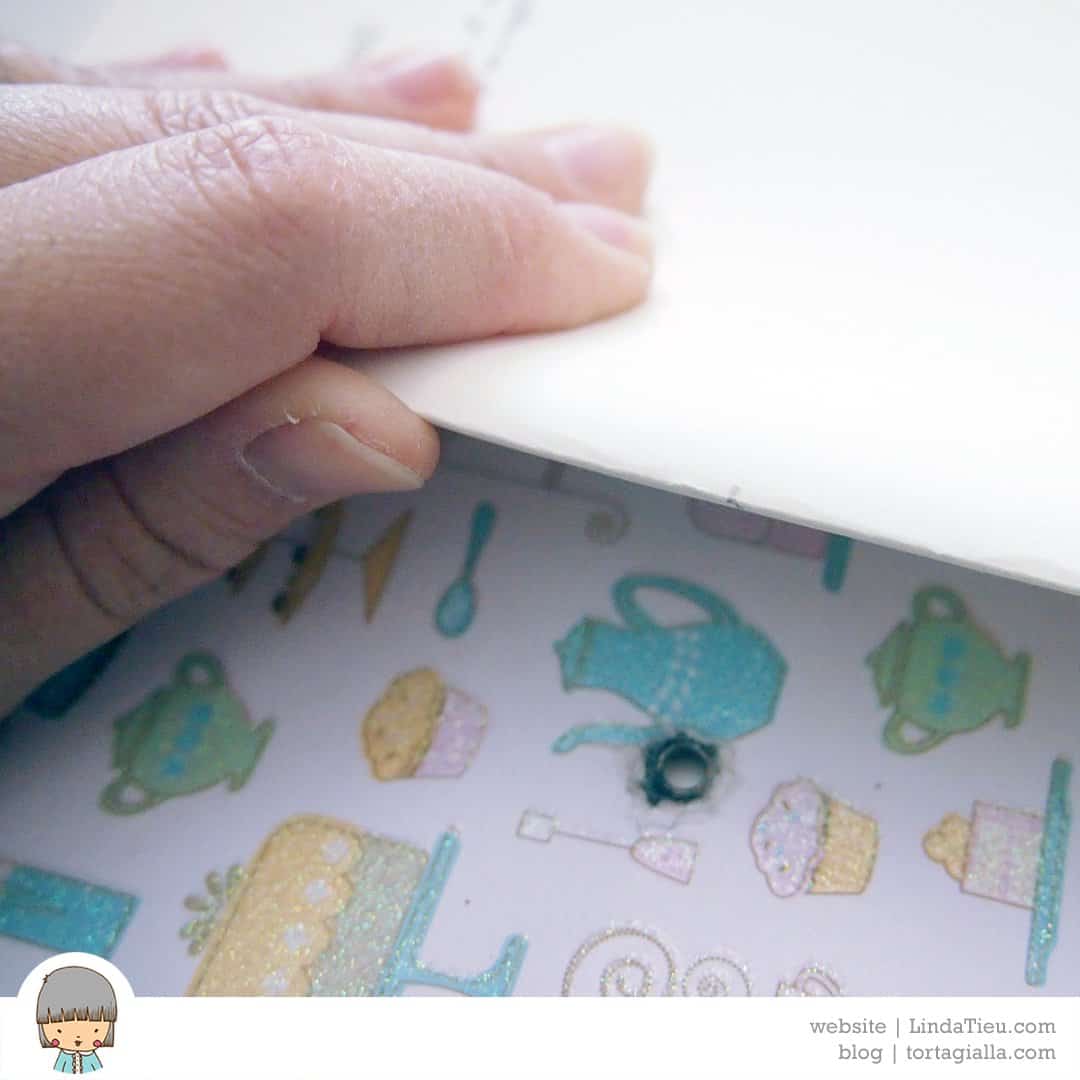
I use an awl to punch through all the pages of the paper. The better you punch the holes, the easier it will be to sew things up in the end!
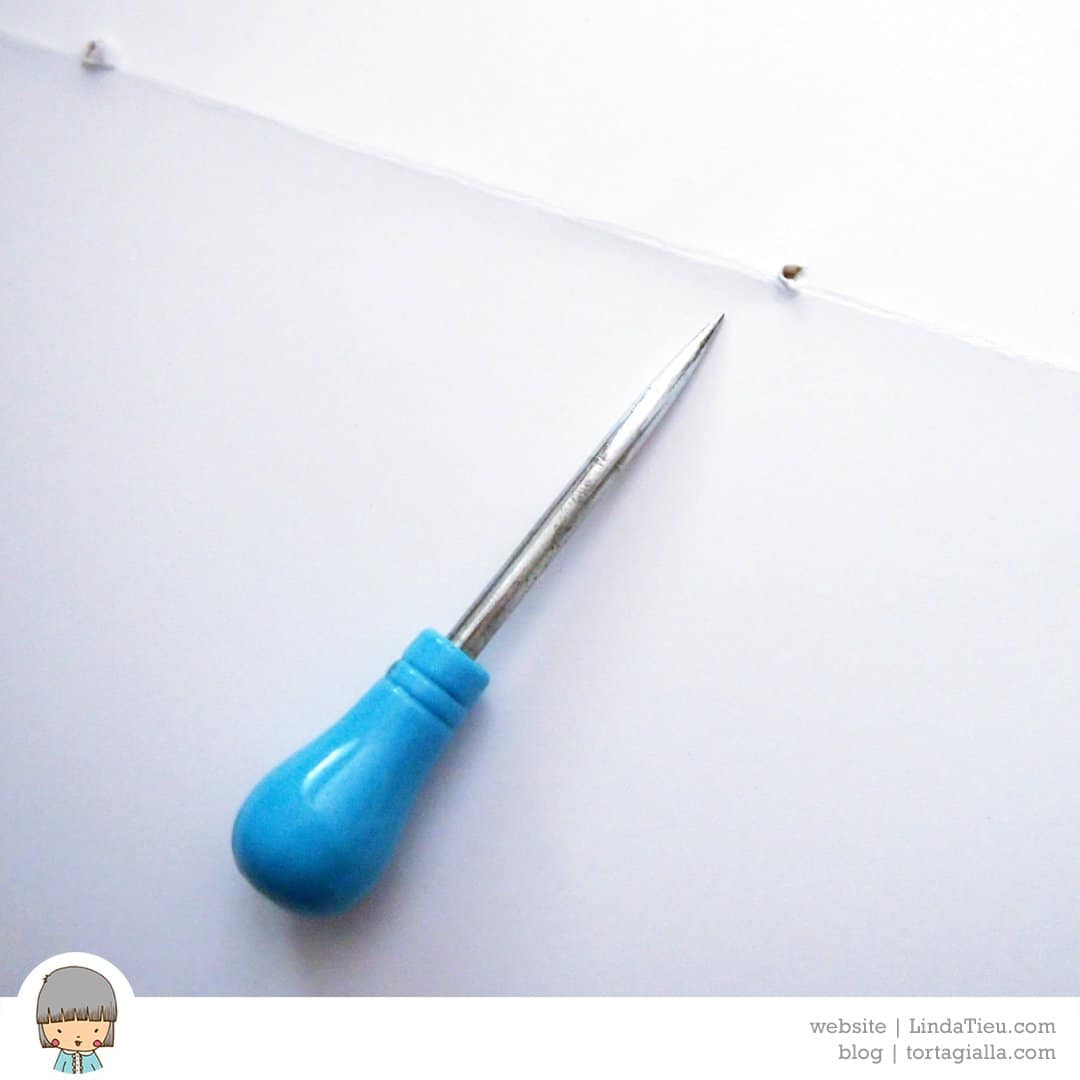
Also, I usually do not trim the right edge of my papers when they are bound together, because I think it’s a waste of paper. I don’t really mind the fact that the folded pages create a zig zag edge. However, in this case my fauxdori cover doesn’t have a lot of extra space, so I thought it would be better to trim it all off.
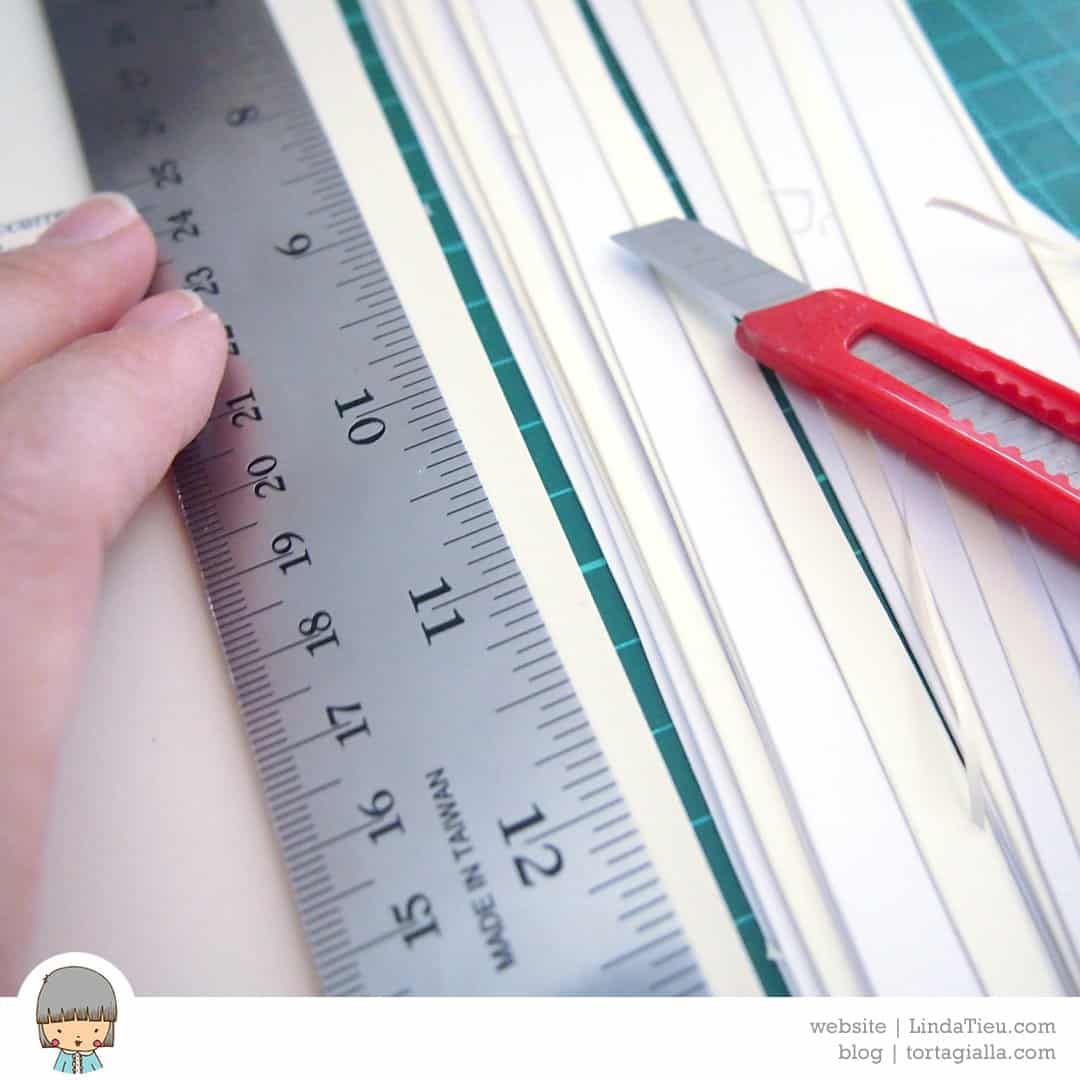
After all the elements are ready – cover, signature of pages, holes punched – I just went on and bound the journal together. It’s super simple since it’s only one signature of papers folded. You can check out my longstitch bookbinding tutorial if you are interested. Super easy!
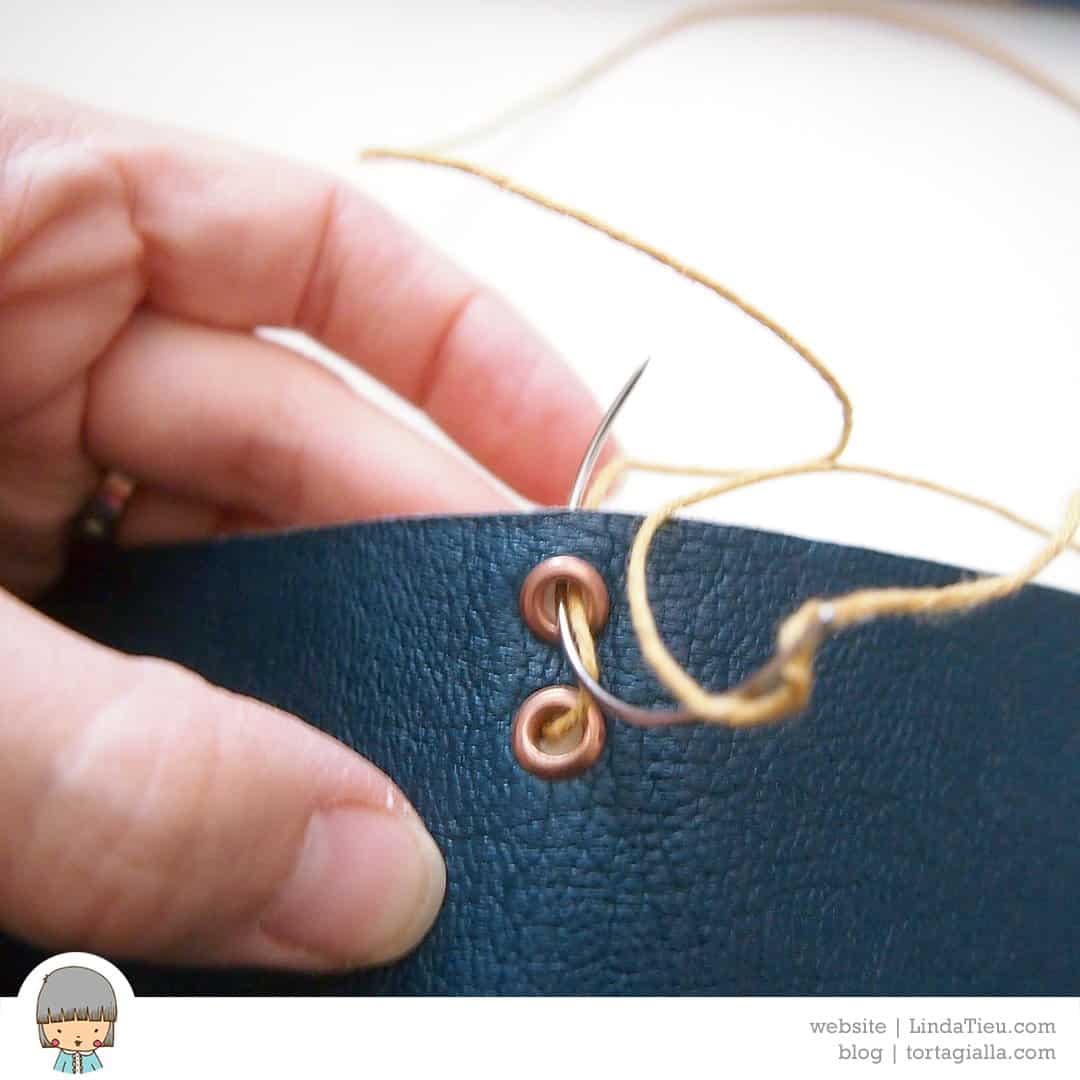
Since my fauxdori has extra holes on the edges, I just looped the thread around a few times for decoration. It’s still a super simple longstitch with extra loops, no knots, nothing fancy. Just make sure your thread is tight.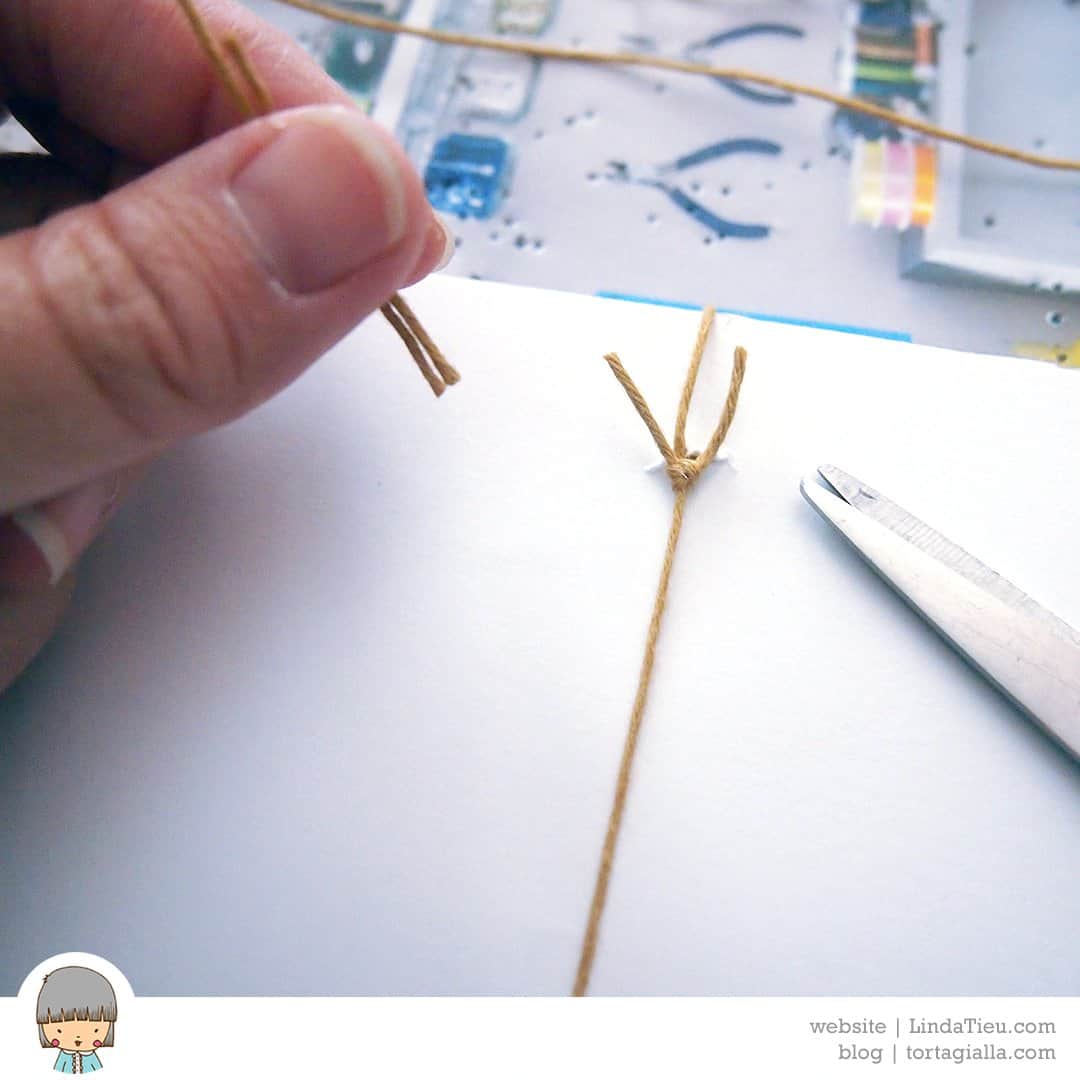
The fauxdori cover really converts well to be a stitched up journal. I kept the elastic to close it up and it all works quite nicely.
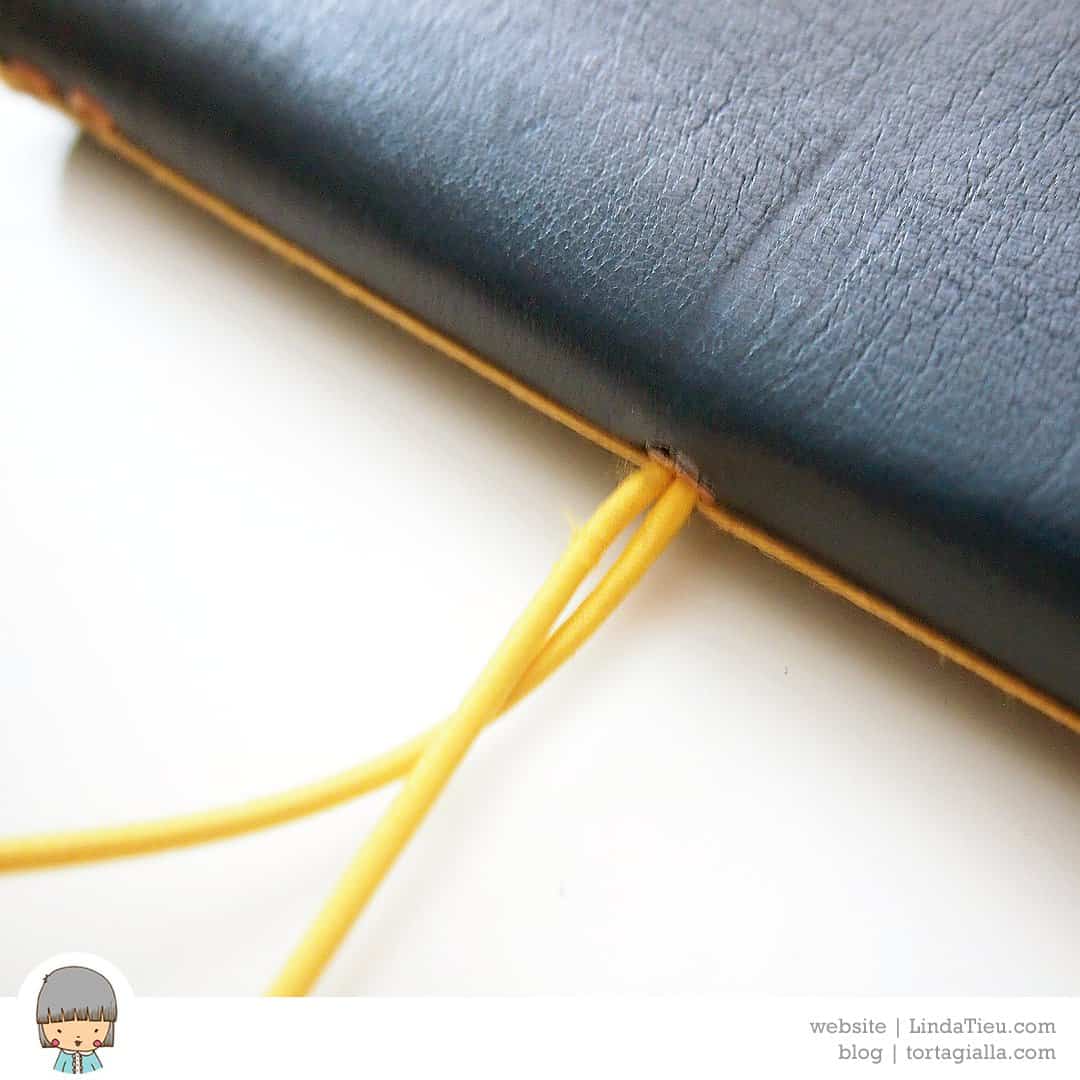
I’m happy to have converted my cover into a bound journal, which will hold all of my creative experiments from The Creative Life: Documented class with Amy Tan and Jamie Waters.
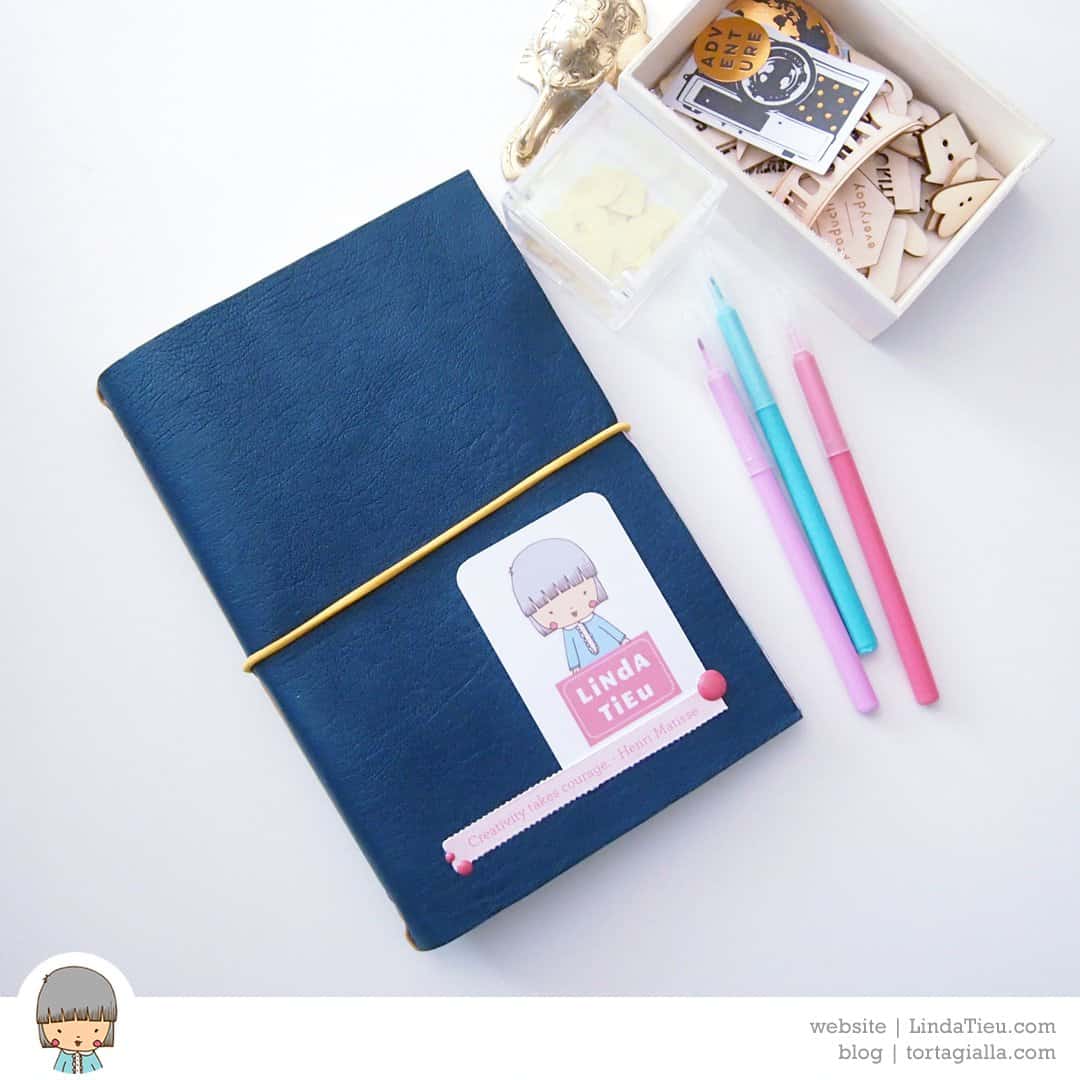
Do you have a lot of extra midori or fauxdori covers and thinking of turning them into something more sturdy and permanent for safekeeping? Try transforming it to a sewn bound journal to add to your collection!



